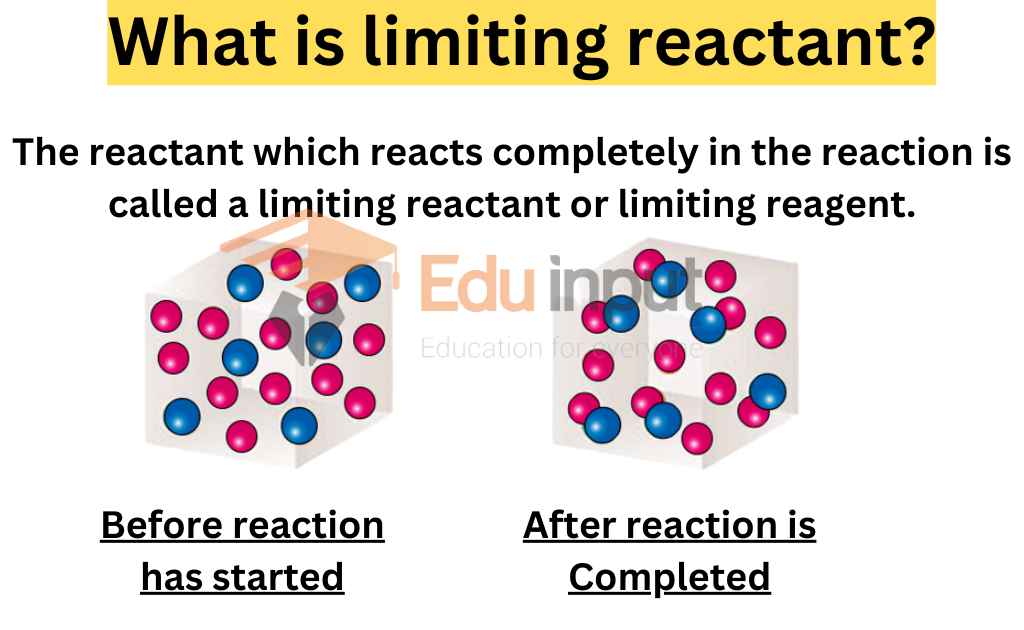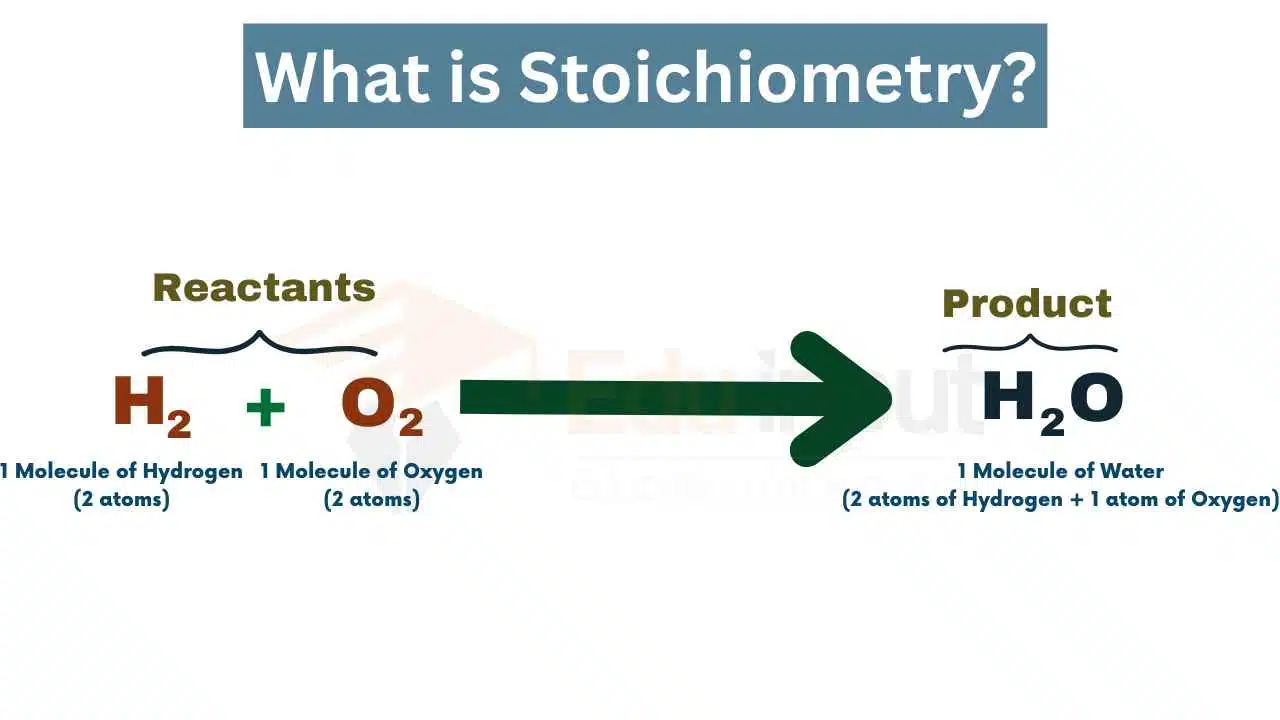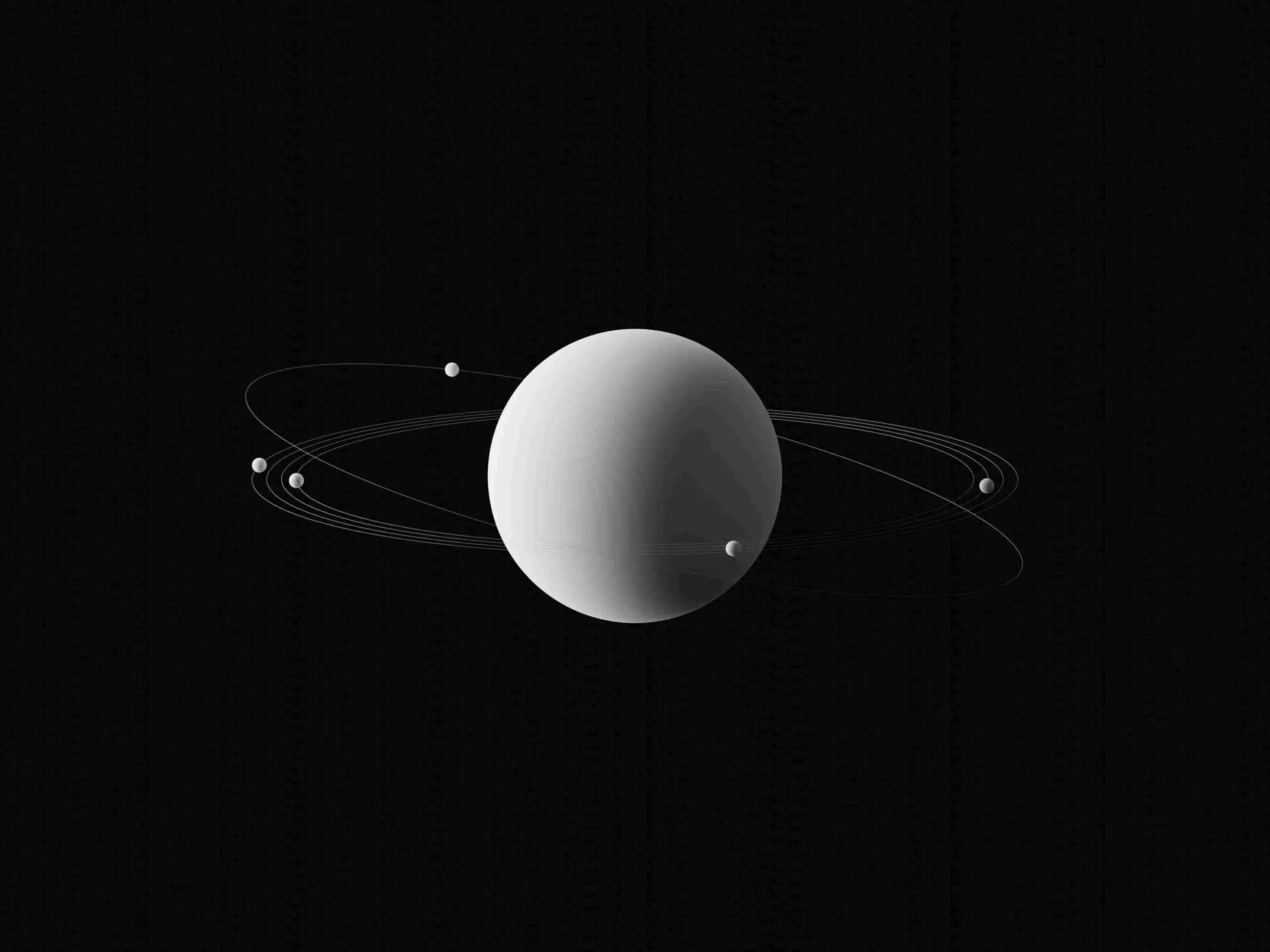What are ions? Cation, Anion, properties and uses
Ions are those species that carry either positive or negative charges. Actually, ions are formed by the loss or gain of one or more electrons, by an atom of an element.
For example Na+, Mg2+, Cl– and O2- etc.
Positive ions have a single positive charge and negative ions have a single negative charge. Some ions like alkali metals, alkaline earth metals, and transition metals have multiple charges. There are many kinds of ions, and some are named as follows:
1. Alkali metal ions
2. Alkaline earth metal ions
3. Transition metal ions
4. Halogen ions
Why are ions formed?
Ions are formed during a chemical reaction to give molecules stability. It happens in the case of ionic compounds that are studied in inorganic chemistry.
Types of ions
There are two types of ions, the first one is a cation and the second one is an anion.
What is cation?
An atom or group of atoms that carry a positive charge is called a cation.
Whenever an atom of an element loses one or more electrons, positive ions (cations) are formed.
A → A+ + e–
A sufficient amount of energy is to be provided to a neutral atom to ionize it. It means that cation formation is an endothermic process.
Na → Na+ + e– ∆H= +496 Kjmol–
This Na+ is called a cation. A cation may carry +1,+2,+3, etc. charges or charges. The number of charges present on an ion depends upon the number of electrons lost by the atom. The most common positive ions are formed by the metal atoms such as Na+, K+, Ca2+, Mg2+,Al3+,Fe3+,Sn4+, etc.
Cation formation is also called oxidation.
Zn → Zn2+ + 2e–
Fe2+ → Fe3+ + e–
Why size of cation is smaller than its parent atom?
The size of Cations is always smaller than their parent atoms, this is because a cation is formed by the removal of an electron. When an electron is removed the strength of the nuclear charge on the remaining electrons increases Therefore, the size of the cation is smaller than its parent atom.
For example
The size of a sodium atom (Na) is 186pm while the size of a sodium ion (Na+) is 95pm.
What is anion?
An atom or group of atoms that carry a negative charge is called an anion. Whenever an atom of an element gains one or more electrons, a negative ion is produced, which is called an anion.
B + e– → B–
Energy is usually released when an electron is added to the isolated neutral atom. Therefore the formation of uninegative ions is an exothermic process, the most common negative ions are F–,Cl–,Br–,S2– etc.
F + e– → F– ∆H= -328 kjmol–
Anion formation is also called reduction.
Cl2 + 2e– → 2Cl–
Why the size of anion is greater than its parent atom?
The size of anions is always greater than their parent atoms, this is because an anion is formed by the gain of an electron. Because the addition of 1 or more electrons would result in increased repulsion among the electrons and a decrease in the effective nuclear charge.
The size of a chlorine atom (Cl) is 99pm while the size of a Chloride ion (Cl–) is 181pm.
Ions and their properties
Anions and cations form salts. They are present in nature and they play a vital role in life. There are four main properties of ions. They are:
1. Solubility
2. Conductivity
Ions and their uses
Ions are used in many different industries. We use ions for different purposes. They are:
1. In industry
2. In medicine
3. In the food industry
4. In chemistry
5. In biology
So, let us have a look at the various ions and how they are formed.
1. Hydrogen ion
The hydrogen ion is a positively charged ion. It is represented as H+ It is called the most abundant ion in the universe. It is responsible for the presence of water on Earth.
2. Oxygen ion
The oxygen ion is the second most abundant ion in the universe. It is found in all living organisms. It is also present in water. Oxygen ion is represented as O2–.
3. Sodium ion
Sodium is the third most abundant ion. Sodium ion is represented as Na+. It is present in all the food that we eat.
4. Potassium ion
Potassium is the fourth most abundant ion. It is represented as K+. It is also present in all the food that we eat.
5. Calcium ion
Calcium is the fifth most abundant ion and its ion is represented as Ca2+.It is also present in all the food that we eat.
6. Magnesium ion
Magnesium is the sixth most abundant ion and is represented as Mg2+. It is also present in all the food that we eat.
7. Iron ion
Iron is the seventh most abundant ion. It is also present in all the food that we eat. Fe shows multiple charge states as a cation.
8. Chlorine ion
Chlorine is the eighth most abundant ion. It is represented as Cl–. It is also present in all the food that we eat.
9. Bromine ion
Bromine is the ninth most abundant ion and is represented as Br–. It is also present in all the food that we eat.
10. Fluoride ion
Fluoride is the tenth most abundant ion. It is also present in all the food that we eat.






Leave a Reply